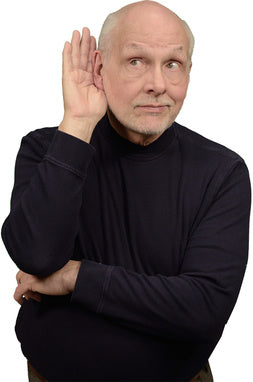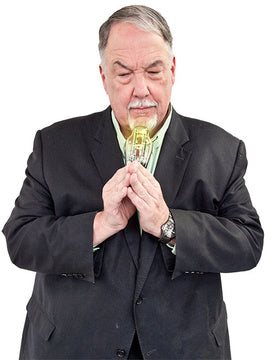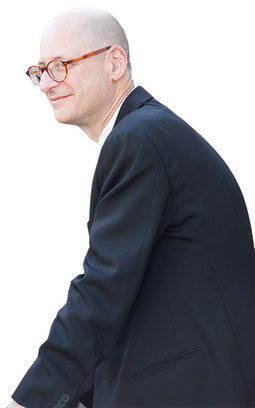Again with the self-indulgence: Of late, I’ve been listening to weird stuff like Tiny Tim, only to find 1) that his recordings were amazing, even in mono, and 2) that second-hand copies of the CDs can run to three figures. I am not suggesting that this second, inflationary aspect will ever affect some of my personal “forgotten” or “overlooked” faves, like the J. Geils Band or Leslie West, but in the list below, there are surprises galore for those of you who adore amazing recordings as much for their sound quality as for the musical content.
Nothing judgmental here about guilty pleasures, though I wonder about anyone, aside from Ecstasy users, who can sit through mindless, ambient, synthetic swill like Yello and Air, no matter how dazzling their recordings sound in audiophile terms. I’d much rather listen to something like the recently-reissued/remastered The Yardbirds Live at the BBC, with sound dire enough to make one question one’s received wisdom (in the UK, at least) that the BBC was the pinnacle of recording quality.
Suffice it to say, I lean toward the music more than the sound, but have no venom to spew at those who prefer to listen to, say, Amanda McBroom or turntable test LPs over anything by Aretha Franklin or Dusty Springfield or Julie London. There may even be people who prefer Manischewitz or muscatel to Mouton Cadet. Live and let live, say I.
And, no, I haven’t challenged your patience by including Tiny Tim on this list, but if you want a real shock for your woofers, check out the bass on the CD, God Bless Tiny Tim: Deluxe Expanded Mono Edition (New Sounds/Rhino CRNOW45). I’m still recovering from the surprise.
21) Del Shannon A heartbreaker, this, because it was rumored that he was lined up to replace Roy Orbison in the Traveling Wilburys, but he committed suicide in 1990 at the age of 55. Shannon, like Mitch Ryder, Gary U.S. Bonds and other early rockers whose careers were revived by respectful third generation musicians such as Tom Petty and Bruce Springsteen, suffered a career lull, only he didn't stick around long enough for an Orbison-like rebirth. Shannon wrote some incredible hits, for himself and others, so don't think of this fab balladeer/rocker as just “Runaway” or “Hats Off To Larry”: a man of taste, he was the first US artist to cover a Beatles composition, “From Me To You”, even before they invaded these shores, while Peter & Gordon had a massive hit with his “I Go To Pieces”
22) The Flamin’ Groovies I’ve lost count of the number of incarnations of this band that have recorded during their on-again-off-again, 50-year-plus history. Like the Smithereens, the Raspberries, et al, this San Francisco-born outfit was devoted to the music of the British Invasion (their hearts belonged as much to the Rolling Stones as the Smithereens do to the Beatles and the Who). Unfortunately, they emerged at a time when Flower Power and musical excess were the coming thing; their penchant for sharp, tight, pop/rock pastiches didn’t sit too well with snooty hippies. Over the decades, they’ve built up cult followings in France and the U.K., worked with the likes of Dave Edmunds, issued minor masterpieces and even covered – with panache – Warren Zevon’s “Werewolves of London”. Any one of these rockers will put a smile on your face, all on CD if you can’t find original LPs: Supersnazz (1969); Flamingo (1970), Teenage Head (1971) or Shake Some Action (1976).
23) Marshall Crenshaw As with the Flamin’ Groovies and the Smithereens – you may be seeing a pattern emerge here – Crenshaw was also a child of the Beatles, having performed as John Lennon in the stage musical, Beatlemania, in 1978. He also has an ear to Buddy Holly, which may explain his choice in eyewear. (He played Holly in the film, La Bamba.) Again, as with every artist in the Beatles Wannabee sub-genre, success has been patchy, but Crenshaw can claim the authorship of at least two pop classics, in “Someday, Someway” and “You’re My Favorite Waste of Time” and for those of you for whom sonic virtues matter most, Mobile Fidelity has released his first album.
24) The Searchers It goes without saying that the above two would-be Liverpudlian bands adored the Searchers, as does Tom Petty, while even the Byrds have on occasion acknowledged their penchant for 12-string guitar was a result of this band’s deliciously jangly sound. Still touring in two forms, with founder member John McNally has been in every line-up since 1957, while Mike Pender – a from 1960-1985 – performing with his eponymous, rival outfit. Consistent over more than a half-century are staggering harmonies and impeccable taste, their roster of songs including “Needles & Pins”, “Sweets for My Sweet”, “Sugar & Spice”, “Don’t Throw Your Love Away”, “When You Walk in the Room”, “Take Me For What I’m Worth” and many others. For a real treat, try to locate their two criminally-overlooked masterpieces recorded for Sire in 1979-81, The Searchers and Play For Today, the latter released as Love’s Melodies in the USA.
25) Brenda Lee Time and again, I’ll hear some staggering country-flavored gem, like Juice Newton’s “Break It To Me Gently”, only to recall that the original was recorded by “Little Miss Dynamite”: Brenda Lee. A child prodigy, she was signed by Decca at the age of 11, charted 47 times in the 1960s, is a member of the Rock and Roll, Country Music and Rockabilly Halls of Fame, and is a Grammy Lifetime Achievement Award recipient. Lee remains the only female artist to chart songs in every genre (including pop, blues, rock, gospel and country), so Madonna and Beyoncé, show some respect. Her voice is powerful, oozing emotion with every breath, and she can rock you or rip out your heart. Audiophile labels: her catalogue beckons just as much as does Patsy Cline’s. Pure class.
26) Leslie West/The Vagrants Why not Mountain? Because the trio’s riff-rock classic “Mississippi Queen” gets ample airplay on oldies and hard-rock stations, and therefore isn’t obscure enough for this listing. West’s first outfit, the Vagrants, though, are forgotten by all but Baby Boomers who grew up in and around New York City in the mid-1960s, while respect for West’s solo and studio work remains the province of fellow guitarists. His versatility and fluidity are breathtaking, and his solos never less than dazzling, while appearances on albums by everyone from Johnny Winter to the Who to Joe Bonamassa to Ozzy to, well, too many to list, will knock you out. Start with Got Blues, then sit back and marvel.
27) J. Geils Band Just because I grew up in New England and saw these guys countless times before they signed with Atlantic is no reason for me to champion them, but I remain mystified by how they seem to have drifted out of the public’s consciousness, save for the uncharacteristic hit, “Centerfold.” Better they should be remembered for one of the most powerful and incendiary blues/rock debuts of all time, right up there with the first Paul Butterfield Blues Band LP. Peter Wolf’s vocal delivery and proto-rapper patter may be the most memorable aspect of the band’s sound, but Magic Dick’s harp playing is so unbelievably “virtuoso” that, according to legend, no less an authority than Muddy Waters praised him in excelsis. For my money, some of the best party albums ever, up there with Ryder and Bonds, while Sanctuary remains a forgotten masterpiece.
28) Jackie DeShannon Another artist remembered as a one- or two-hit wonder when it’s certainly not the case, DeShannon did a whole lot more than chart on her own with Burt Bacharach and Hal David’s “What the World Needs Now Is Love” and her own composition, “Put a Little Love in Your Heart”. Like Brenda Lee, she was a child prodigy, and remains a prodigious writer: she co-penned “Bette Davis’ Eyes” and wrote “When You Walk In the Room”, which gave the Searchers a massive hit. DeShannon’s 20-plus solo albums have covered everything from folk-rock to “girl group”-type pop, she toured with the Beatles, was “involved” with Jimmy Page and has a voice as versatile as demanded by her genre-jumping. One of popular music’s best-kept secrets.
29) Nick Lowe This man has had so many careers, including cult status in the USA thanks to his affiliation with Yep Roc, that it’s hard to know where to begin. As a producer, he made his mark with indie and punk bands in the UK, working with Graham Parker, the Damned, Dr Feelgood, the Pretenders and Elvis Costello. As a performer, Lowe was a member of Kippington Lodge in the tail-end of the British Invasion era, which segued into Brinsley Schwarz, thus heralding pub rock, formed Rockpile, married Carlene Carter, which gave him country chops and hooked him up with his father-in-law, Johnny Cash, for a couple of classics including “the Beast In Me” in the latter’s last days, etc, etc. An engaging live performer, he delivers wry, thoughtful, melodic sets somewhere between a British Randy Newman and a non-volatile Nilsson. With a c.v. that contains “Cruel To Be Kind”, “(What’s So Funny ‘Bout) Peace, Love and Understanding” – superbly covered by Keb’ Mo’ – and a host of others, he’s one of the most consistently satisfying of the forever-under-the-radar artists working today.
30) Joe Brown I have no idea if Americans know Brown for anything other than his tear-inducing version of “I’ll See You In My Dreams” at the closing of the memorial concert for George Harrison, but Brown is one of the very few British rock artists to precede the Beatles who wasn’t a third-rate Presley close. A superlative guitarist, he played numerous sessions, backed Eddie Cochran and Gene Vincent during their British tours, released over 30 albums since 1959, charted regularly during the early days alongside Cliff Richard & the Shadows and became a lifelong friend of Harrison when they met back in the days before Beatlemania. Harrison was best man at Brown’s wedding in 2000, and Brown appears on Harrison’s Gone Troppo and Brainwashed. Oh, and his daughter is the singer Sam Brown. Now playing the nostalgia circuit and championing ukulele, he’s much loved in the UK because he’s down-to-earth, and sings in an undiluted Cockney accent. Find a copy of Live in Liverpool or The Ukulele Album to hear the true heir to Burl Ives. A delight.




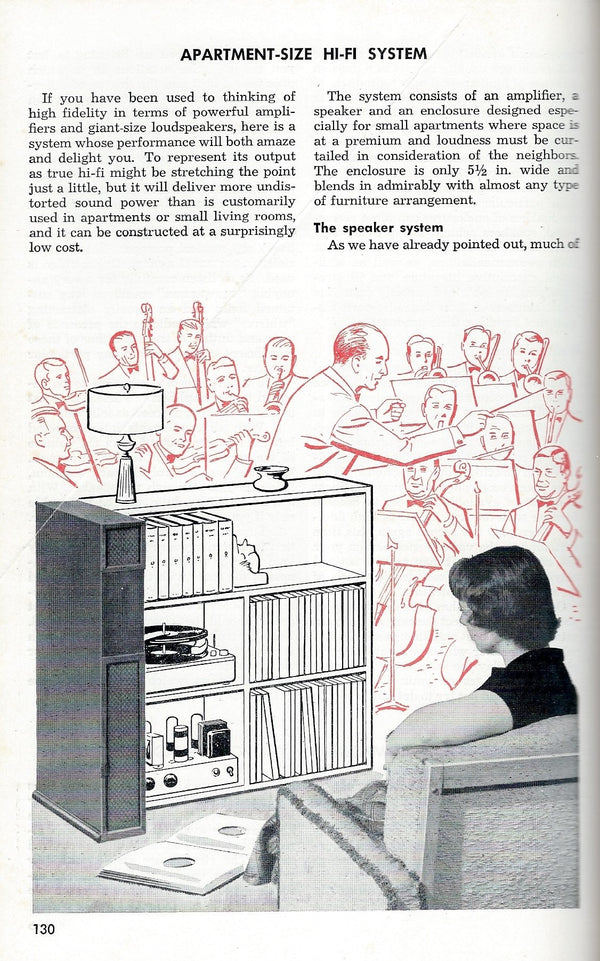
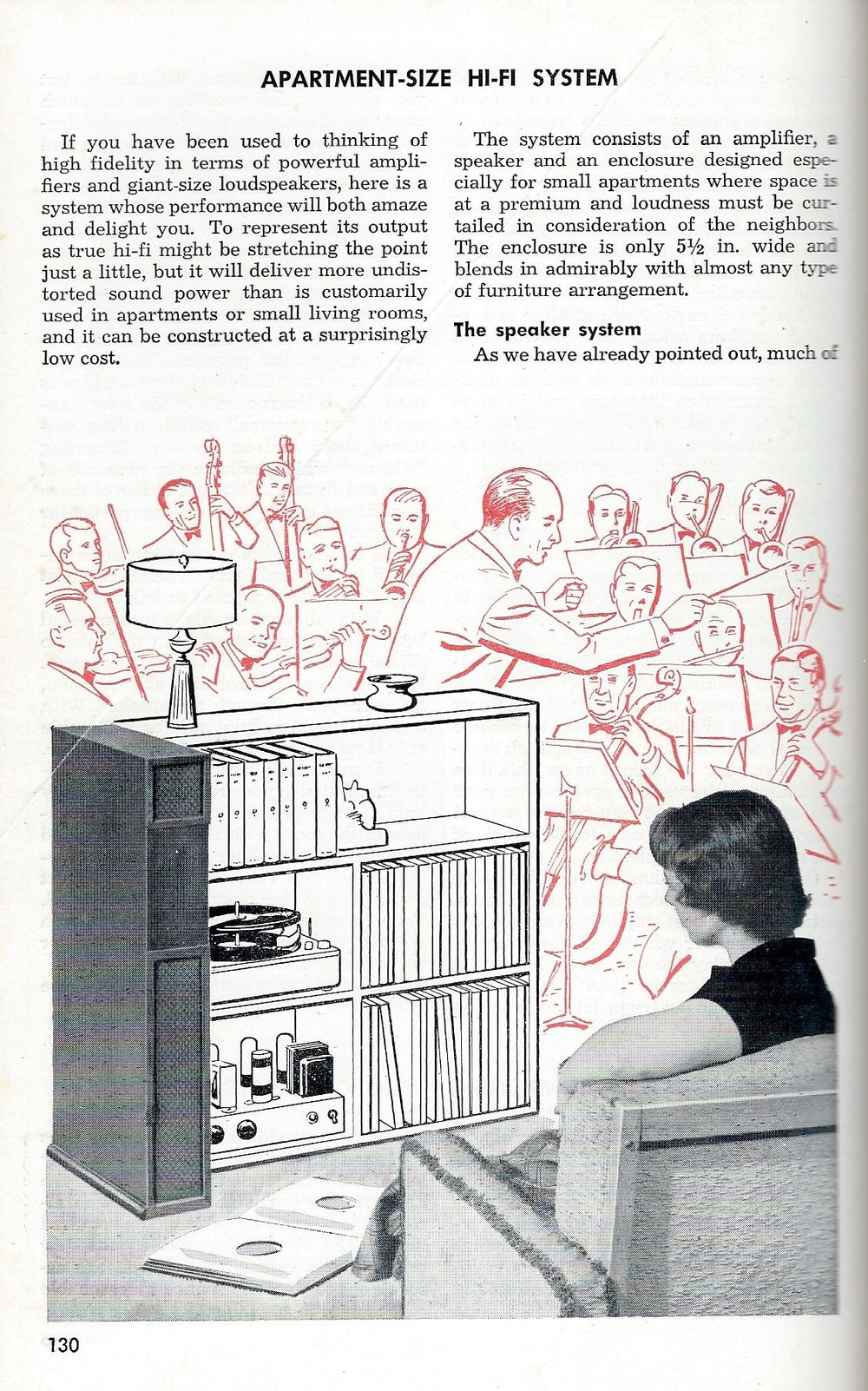













 Daedelus showed their beautifully crafted speakers with an impressive array of Border Patrol electronics.
Daedelus showed their beautifully crafted speakers with an impressive array of Border Patrol electronics. Both Alta Video and VPI were seen and heard in several rooms, and gained a lot of goodwill.
Both Alta Video and VPI were seen and heard in several rooms, and gained a lot of goodwill. Lifestyle company Fern & Roby showed speakers with cabinets hewn from solid wood, and a hefty turntable with a cast-iron base.
Lifestyle company Fern & Roby showed speakers with cabinets hewn from solid wood, and a hefty turntable with a cast-iron base. The huge KEF Muons, looking as though they just arrived from outer space, shone in a system with VPI's new statement turntable, Titan.
The huge KEF Muons, looking as though they just arrived from outer space, shone in a system with VPI's new statement turntable, Titan. CAF was bigger than ever. Look at this crow awaiting the announcement of the winner of a $12,000 VPI/Alta Audio system!
CAF was bigger than ever. Look at this crow awaiting the announcement of the winner of a $12,000 VPI/Alta Audio system! Stereophile's Herb Reichert blissed out to the Dans: Dan Clark's Mr. Speakers Ether headphones and Dan Wright's ModWright Tryst headphone amp.
Stereophile's Herb Reichert blissed out to the Dans: Dan Clark's Mr. Speakers Ether headphones and Dan Wright's ModWright Tryst headphone amp. The ever-dapper Ken Furst represented Alta Audio
The ever-dapper Ken Furst represented Alta Audio Head Zu-keeper Sean Casey demoed hickory-finished Definition Mk. IV speakers with a mix of vintage and new gear.
Head Zu-keeper Sean Casey demoed hickory-finished Definition Mk. IV speakers with a mix of vintage and new gear.
 Vintage/Emia
Vintage/Emia


